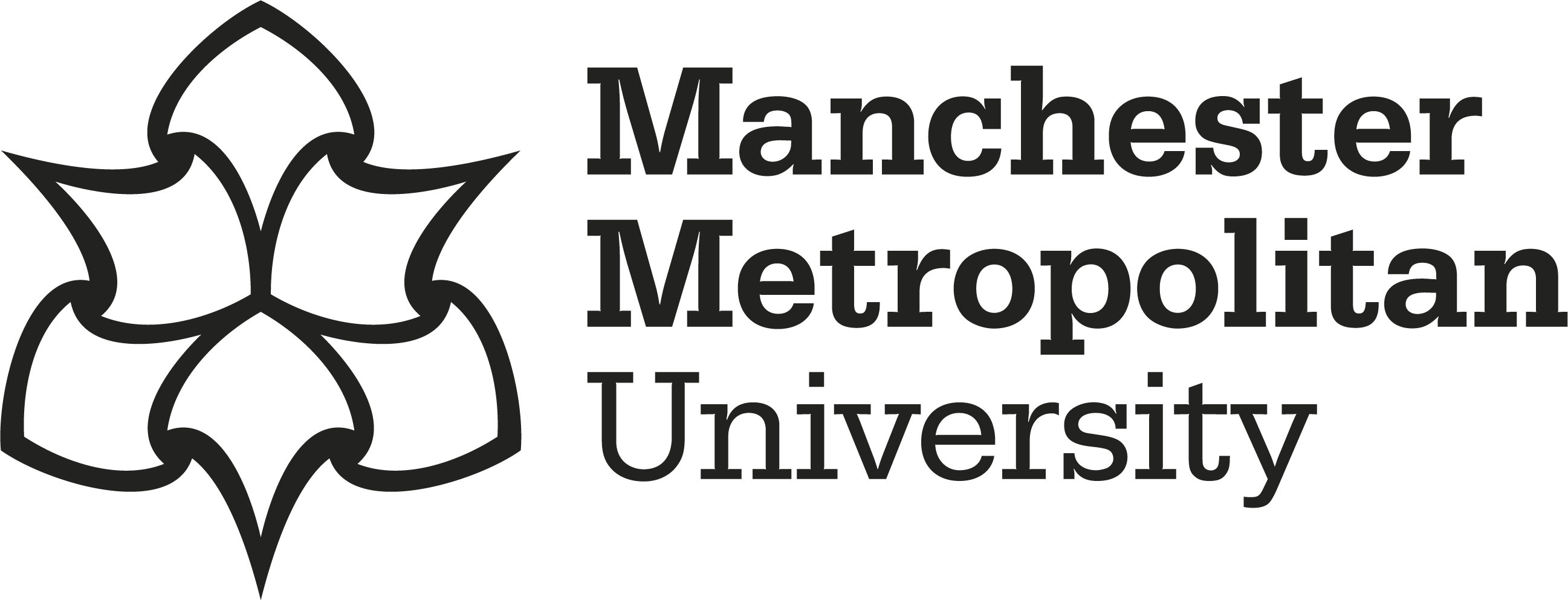Yan, Songyi 

|
Accepted Version
Available under License Creative Commons Attribution. Download (430kB) | Preview |
Abstract
The circular economy becomes increasingly commonplace and is seen as a counterforce to the dominating fast fashion paradigm. Upcycling, understood here as a design strategy to create new items out of old ones, is one circular strategy that seeks to reduce textile waste. Although a relatively niche concept, it increasingly gained popularity, with (luxury) fashion brands promoting upcycled fashion lines. This qualitative inquiry draws on eighteen in-depth semi-structured interviews to explore Chinese Gen Z early fashion adopters’ values and motivations towards upcycled fashion. This study adopts means–end theory thereby linking product attributes to consequences and perceived values. This study contributes to knowledge by demonstrating how different values can be activated under different situations, which has not been fully explored under means–end theory. Here, different situations link to various levels and dimensions (e.g. new and past) of consumer knowledge. The findings outline that participants’ different perceived values were activated under different decision situations, linking to various knowledge levels and product attributes. This study contributes to the understanding of upcycled fashion products and gives insights into purchasing criteria and behavioural choices from a Chinese Gen Z consumer’s perspective. Moreover, terminology on upcycled fashion raw materials can influence value perceptions, which provides practical recommendations through developing clear messaging strategies.
Impact and Reach
Statistics
Additional statistics for this dataset are available via IRStats2.


